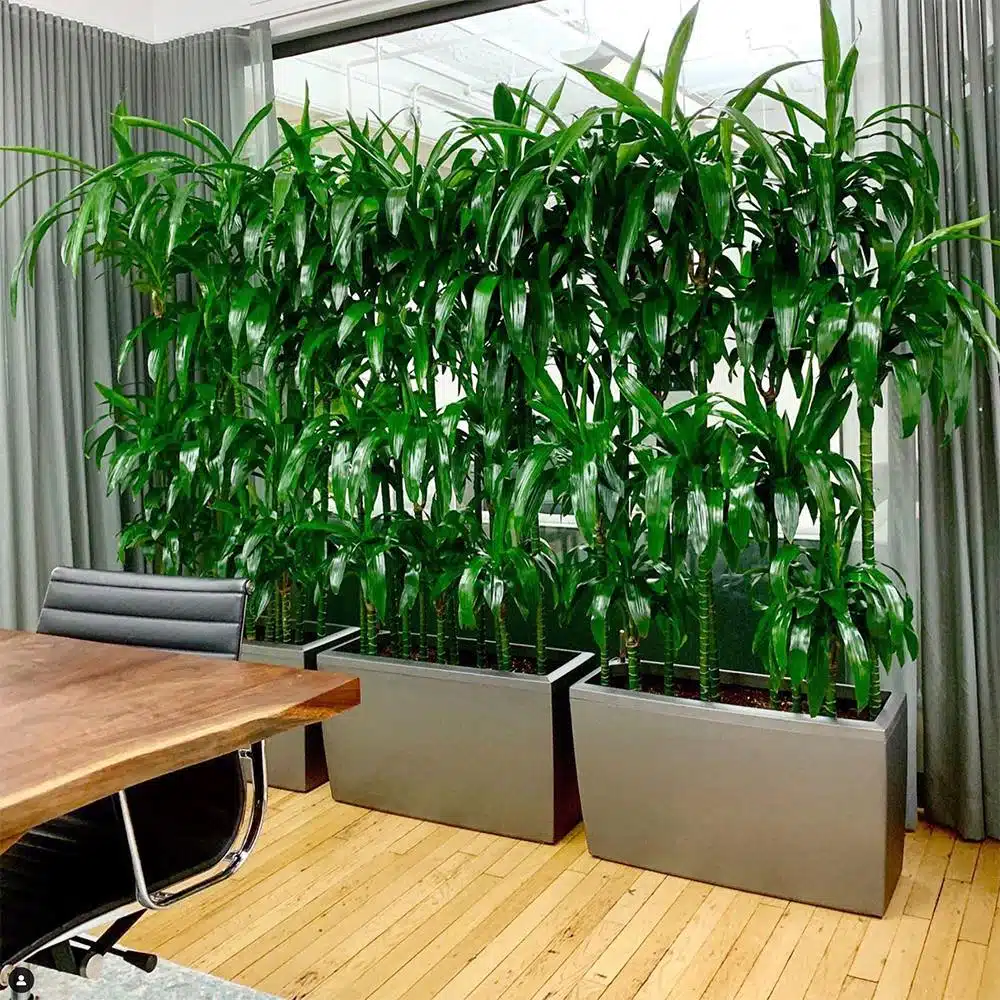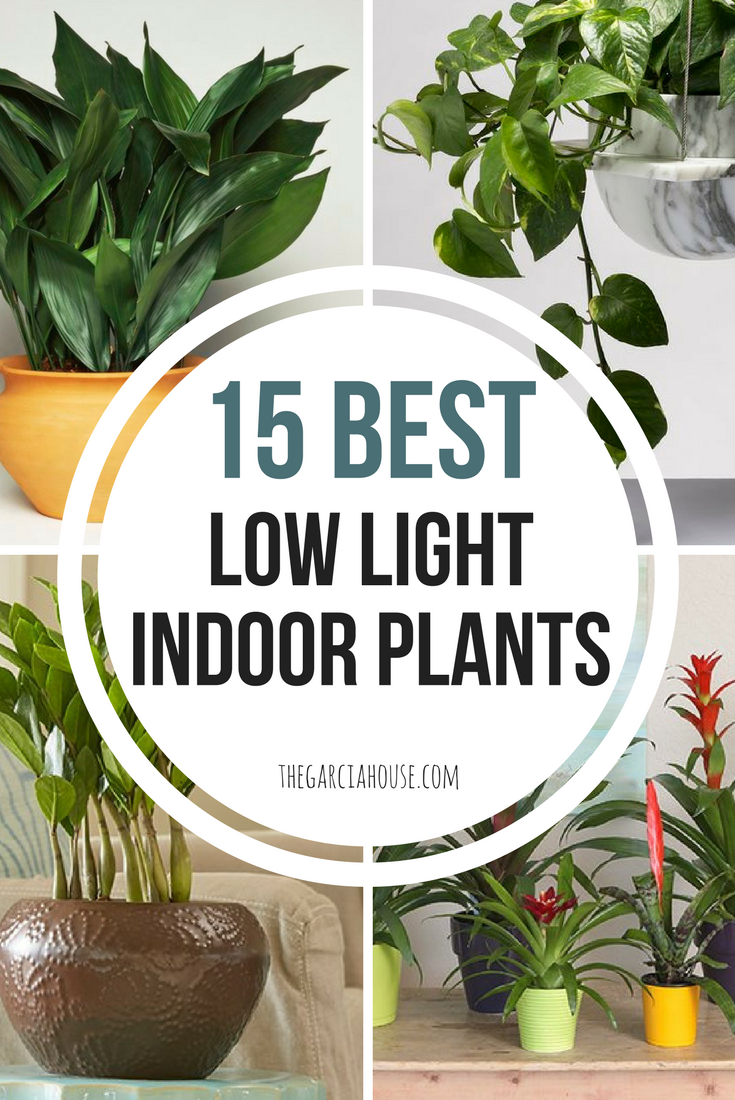Reveal the Secrets of Low-Light Indoor Plants and Just How They Enhance Your Setting
Low-light indoor plants have garnered raising attention for their one-of-a-kind ability to improve both aesthetic charm and environmental top quality within workplaces and homes. These resistant varieties, including the Serpent Plant and Tranquility Lily, not only grow in tough illumination conditions however also play an essential duty in air filtration and emotional well-being. Recognizing the particular advantages and care requirements of these plants can significantly influence your living area. As we check out the ins and outs of their advantages, you might find understandings that might transform your environments in unanticipated means.
Benefits of Low-Light Indoor Plants
Although lots of people presume that indoor plants need plentiful sunlight to prosper, low-light indoor plants provide a plethora of advantages that make them excellent for different atmospheres. One of the key advantages is their flexibility; they can flourish precede with minimal natural light, such as offices, basements, or spaces with small home windows. This attribute permits individuals to improve their surroundings with plant, adding to improved appearances without the need for considerable illumination adjustments.
Additionally, low-light indoor plants can significantly boost interior air quality by releasing and filtering harmful contaminants oxygen, making living areas healthier. Study has revealed that specific ranges can soak up contaminants, therefore advertising a cleaner ambience. In addition, they can improve psychological well-being by decreasing tension and enhancing productivity. The visibility of plants has actually been linked to greater sensations of serenity and focus.
In addition, low-light plants frequently call for much less upkeep than their sun-loving counterparts, making them perfect for busy individuals or those new to horticulture. Their resilience allows them to flourish with marginal intervention, hence offering a rewarding experience for plant fanatics and beginners alike. In recap, low-light interior plants serve both visual and useful purposes, making them useful enhancements to any kind of area.
Leading Low-Light Plant Selections
Low-light interior plants can be found in a variety of types, each offering unique attributes and advantages matched for dark atmospheres. Amongst one of the most prominent selections is the Serpent Plant (Sansevieria), understood for its air-purifying abilities and building fallen leaves. This durable plant flourishes on forget and can tolerate a variety of light conditions.
An additional exceptional choice is the ZZ Plant (Zamioculcas zamiifolia), which features glossy, dark eco-friendly fallen leaves and is extremely drought-tolerant. Its versatility makes it a preferred for offices and homes with restricted sunlight.
The Pothos (Epipremnum aureum) is additionally a top challenger, with its routing creeping plants and heart-shaped leaves - Best low-light indoor plants. This functional plant can be educated to climb up or waterfall, adding visual interest to any kind of room
:max_bytes(150000):strip_icc()/lowlightplants01-e6ce112597f74b538fc83e28a39bf23b.jpg)
Treatment Tips for Low-Light Plants
Caring for low-light interior plants needs a nuanced understanding of their certain demands to make sure optimal growth and vitality. First, it is vital to choose the right potting mix, as a well-draining dirt is vital to stop origin rot. A mix made for houseplants, usually including peat moss and perlite, functions well for the majority of low-light selections.
Watering is an additional key facet of care. Low-light plants generally require less frequent watering compared to their sun-loving equivalents. It is suggested to inspect the top inch of dirt; if it feels dry, it's time to water. Overwatering can bring about problems such This Site as mold and origin degeneration.
Fertilization ought to be approached with caution. Throughout the growing period, a diluted fluid fertilizer can be applied monthly, yet in winter months, lots of low-light plants get in inactivity and call for little to no fertilizing.
Finally, it is very important to periodically clean up the fallen leaves to eliminate dirt, enabling better light absorption. By adhering to these treatment suggestions, you can grow a successful atmosphere for your low-light indoor plants, improving both their appearance and durability.
Enhancing Air Top Quality With Plants
Indoor plants play a substantial role in boosting air high quality within homes and workplace. Through the process of photosynthesis, these plants absorb co2 and launch oxygen, adding to a healthier atmosphere. Additionally, particular low-light indoor plants possess the capability to filter harmful contaminants, such as formaldehyde, trichloroethylene, and benzene, which are frequently discovered in indoor atmospheres.

Additionally, the visibility of interior plants can boost moisture levels, which aids minimize dry skin and respiratory issues, additionally boosting general well-being. This capacity to enhance air quality not only advertises physical health but likewise sustains mental health.
Including low-light interior plants into your living and functioning areas can bring about an extra stimulating and dynamic environment (Best low-light indoor plants). Buying these natural air purifiers is an easy yet efficient method for enhancing indoor air quality and cultivating a much healthier way of living
Producing a Serene Indoor Room
The assimilation of plants right into living spaces not just enhances air high quality but also adds to a serene ambience. Low-light indoor plants, such as serpent plants and pothos, are particularly efficient in producing a peaceful setting, as they prosper in problems that may or else be inhospitable for various other plant. Their rich foliage provides a calming visual, minimizing stress and anxiety and promoting leisure.
Incorporating these plants right into your home or workplace can evoke a sense of peace and health. Strategically putting them in locations where you invest substantial time, such as living rooms or work spaces, permits an immersive experience with nature, which has been revealed to enhance state of mind and cognitive feature.
Moreover, the gentle activity of leaves in reaction to air movement can produce a dynamic click to read more visual element that improves the total atmosphere. Think about utilizing a range of plant elevations and textures to add deepness and passion to your space. With thoughtful placement and treatment, low-light indoor plants can change any kind of area right into a peaceful sanctuary, fostering not just visual contentment yet also psychological and emotional wellness.

Verdict
Including low-light indoor plants right into different atmospheres returns considerable benefits, consisting of improved air top quality and enhanced visual charm. These durable varieties not just flourish in marginal light however also add to a soothing atmosphere, advertising psychological and emotional wellness. By picking proper ranges and implementing appropriate care methods, individuals can effectively cultivate a serene indoor space that promotes well-being and performance. The transformative power of low-light plants emphasizes their worth in boosting both work-related and residential setups.
Although many individuals assume that indoor plants call for plentiful sunlight to flourish, low-light interior plants use a multitude of advantages that make them perfect for various atmospheres.Moreover, low-light interior plants can substantially boost interior air high quality by filtering system hazardous toxins and releasing oxygen, making living areas healthier. Furthermore, certain low-light indoor plants possess the capacity to filter dangerous contaminants, such as benzene, trichloroethylene, and formaldehyde, which are commonly found in indoor environments.
Low-light indoor plants, such as serpent plants and pothos, are particularly efficient in developing a peaceful environment, as they prosper in conditions that may or else be inhospitable for various other plant.Incorporating low-light interior plants right into different settings returns significant benefits, consisting of enhanced air high quality and boosted visual allure.